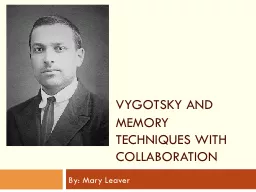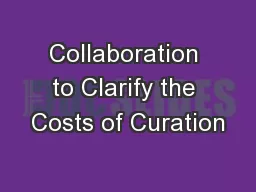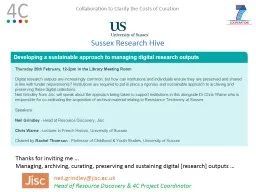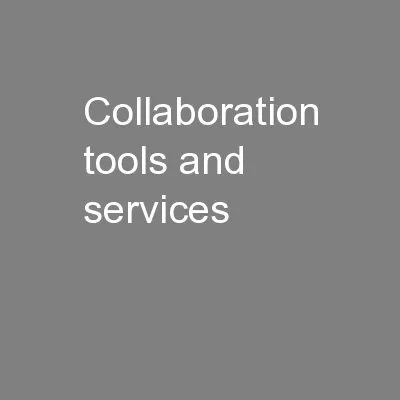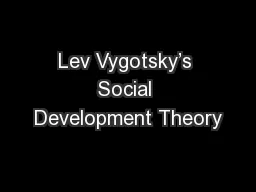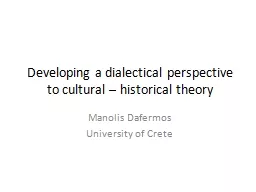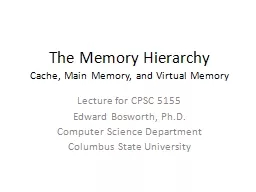PPT-Vygotsky and Memory Techniques with collaboration
Author : debby-jeon | Published Date : 2019-12-10
Vygotsky and Memory Techniques with collaboration By Mary Leaver Lev Vygotsky Life Born November 17 1896 in Orsha a city in the Western region of the Russian Empire
Presentation Embed Code
Download Presentation
Download Presentation The PPT/PDF document "Vygotsky and Memory Techniques with coll..." is the property of its rightful owner. Permission is granted to download and print the materials on this website for personal, non-commercial use only, and to display it on your personal computer provided you do not modify the materials and that you retain all copyright notices contained in the materials. By downloading content from our website, you accept the terms of this agreement.
Vygotsky and Memory Techniques with collaboration: Transcript
Download Rules Of Document
"Vygotsky and Memory Techniques with collaboration"The content belongs to its owner. You may download and print it for personal use, without modification, and keep all copyright notices. By downloading, you agree to these terms.
Related Documents

